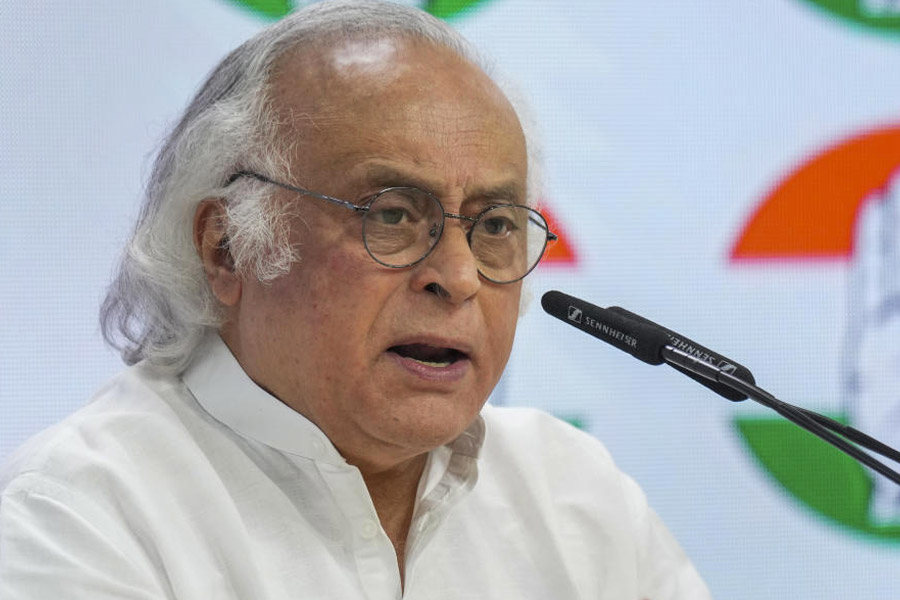 |
| Rabia Ahmed displaying traditional Assamese fare. Picture by Biju Boro |
Oct. 24: With fast food culture rapidly gaining ground in the state, the time-honoured Assamese cuisine is fast vanishing from the average urban Assamese’s diet.
To ensure that the people do not forget our traditional dishes totally, city-based culinary expert Rabia Ahmed is trying to rediscover the flavour of the age-old recipes. She is compiling these recipes in a book form so that they can be preserved for posterity.
“I have picked up most of these recipes from my grandmother. In fact, my mother, who was also a food columnist, used to make 21 different varieties of saag (leafy vegetables) during Bohag Bihu. Traditionally, at least three to eight varieties of saag should be cooked during this Bihu,” she said.
The typical Assamese fare is essentially bland and nutritious. It is either boiled or steamed and low on calories. “I stress on the stem, tubes and leafy vegetables and the various dishes that can be made out of them,” said Ahmed.
She specialises in various items, pitikas, a dish usually made of mashed potatoes, being one of her favourites. However, other vegetables like tender brinjal, tomato, amla and gourd can also be used. Pitikas are also made of different saag like khutura, sarson, methi and palang (spinach). “As oil is not used in pitikas, the nutrition is not destroyed. It is good for the elderly and ailing people,” she said.
Ahmed, who studied home science at Nirmala Niketan, Mumbai, has also delivered several talks on radio and Doordarshan. She holds classes on healthy food and has adjudged many a cooking contest.
She has tried to popularise other dishes like Kolpatot Diya Pitha (pitha wrapped in banana leaves and roasted over low flame on a tawa), kolpatot mach (tiny fish wrapped in banana leaves and roasted). Her other items include different types of arum (kosu) and fermented bamboo shoot (khorisa), cut and preserved to be used in curry. Kol posola, the sprout of a plaintain plant, is also dressed for food. She has even tried to popularise various bitter vegetables (teeta) dishes from bhekuri teeta (berries mashed or fried which have medicinal properties), to teeta phool (red bitter flowers used in curries).
Few people know that raw jute or hemp is part of the traditional Assamese fare. “It is known as teeta mora saag, which tastes bitter and mitha mora, which is not bitter,” she said.
“I have demonstrated preparing khorikat diya mach (barbecued fish), which was earlier cooked on thin bamboo poles over fire. Now the item can be made in an oven or on a tawa over low flame,” said Ahmed. She feels that these days, girls are more interested in baking and cooking international cuisine like Mexican, Thai and Lebanese.
“In order to sustain their interest, I have even tried to make innovations like making a cake out of pitha guri (rice-flour). Another dish I have tried is suji bati pitha (semolina moulds), which is salted suji garnished with grated vegetables and coconut,” she said.
Ahmed says, “I encourage people to inculcate the habit of preparing traditional home-made delicacies, which are less expensive and free from adulteration.”










